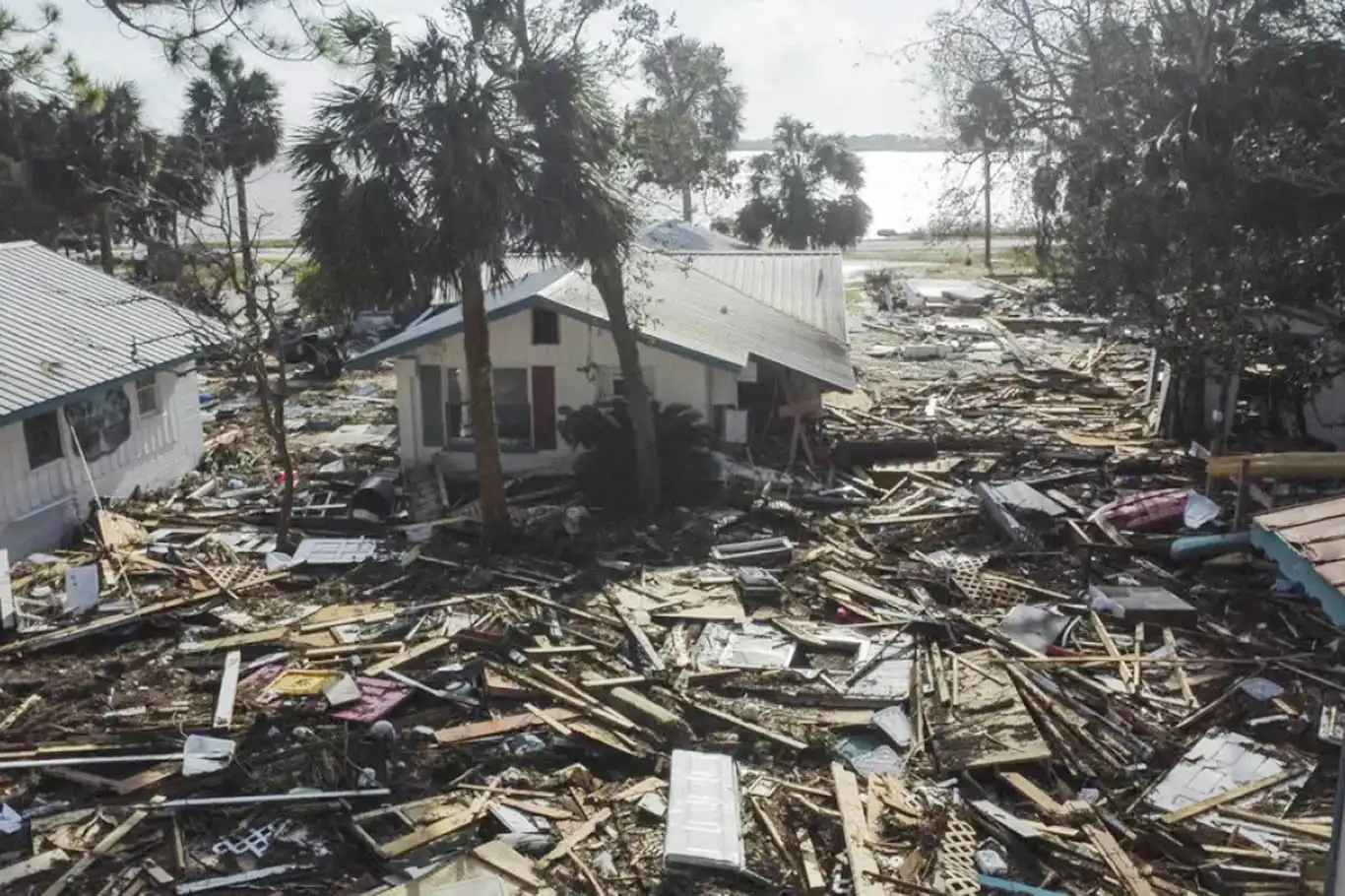Food crisis in East Africa
An estimated 27 million people lived in seven of the eight countries in the IGAD region, according to a new report released by the IGAD and the FSIN.

 Google News'te Doğruhaber'e abone olun.
Google News'te Doğruhaber'e abone olun. An estimated 27 million people – or 24% of the total food insecure people in the world– lived in seven of the eight countries in the IGAD region, according to a new report released by the Intergovernmental Authority on Development (IGAD) and the Food Security Information Network (FSIN).
A regional first, the report draws special attention to the plight of millions of people experiencing acute levels of food and nutrition insecurity in Djibouti, Ethiopia, Kenya, Somalia, Sudan, South Sudan, and Uganda.
According to the report, there were three main drivers of food insecurity in East Africa: climatic shocks, conflict, and economic instability.
The worst-affected countries in 2018 in terms of acute food insecurity were Ethiopia (8.1 million), Sudan (6.2 million) and South Sudan (6.1 million).
In South Sudan, 59% of the population, or six out of ten people required urgent assistance to protect livelihoods, reduce food consumption gaps and malnutrition.
In Somalia, more than one in five people (or 22% of the population) were acutely food insecure.
"The main drivers of acute food insecurity and malnutrition in our region are climate, conflict and economic instability. I call on IGAD specialized offices, Member States and partners to invest further in resilience, adaptation to climate change, conflict prevention and sustaining peace to overcome vulnerability and address the root causes of hunger and malnutrition" said Ambassador (Eng.) Mahboub Maalim, IGAD Executive Secretary at the launch.
As in 2018, below-average rains, conflict and economic crisis continue to drive food insecurity in 2019.
Ethiopia, Sudan, and South Sudan are expected to remain among the world's most severe food crisis in terms of people affected in 2019.
In comparison to peak 2018 levels, updated projections for 2019 as of July indicate that food insecurity levels will likely be higher in South Sudan and Sudan, remain stable in Ethiopia and Uganda and be lower in Kenya and Somalia. (ILKHA)



















































